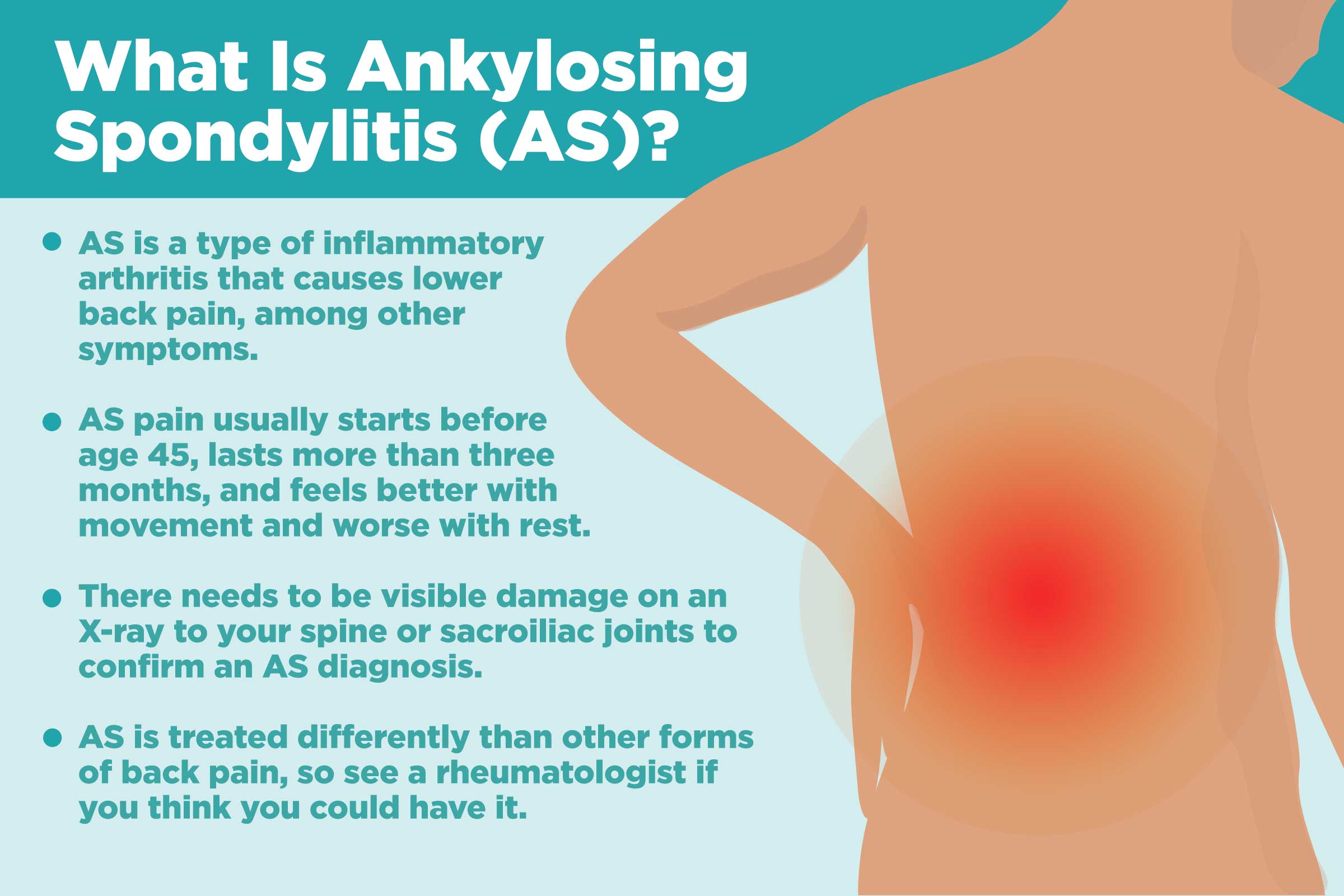(9am to 8pm)

Ankylosing Spondylitis is a chronic disease that can lead to progressive spinal stiffness and back pain. It is a rare form of arthritis that severely affects the ligaments, tendons, and joints of your spine. Studies show that most people with ankylosing spondylitis have inflammatory bowel disease. Some of the side effects of this disease include chronic fatigue, rib cage pain, morning stiffness, and pain in the middle of the night. But you can do a few things to prevent disease progression and deal with the symptoms associated with this disease. So let’s take a look at the lifestyle changes you can make to treat and manage this disease.
Load up on Vitamin D and Calcium
Do you know that ankylosing spondylitis can increase the risk of bone fractures and osteoporosis? Although no specific food can slow the progression of Ankylosing Spondylitis, you need to take Vitamin D and calcium in good amounts to maintain your bone health. Vitamin D helps your body absorb calcium, while calcium helps build your bones and maintain your bone health. Dairy products like curd, milk, and cheese are excellent sources of calcium, and fatty fish and sunlight are good sources of Vitamin D. As per the National Osteoporosis Foundation, men up to the age of 70 and women up to the age of 50 should consume 1,000 milligrams of calcium daily.
Practice Good Posture
Ankylosing spondylitis can lead to a stooped posture over time by causing your vertebrae to fuse together. This can even lead to a vicious pain-posture cycle. To deal with the pain associated with Ankylosing Spondylitis, you should practice good posture. Check your posture frequently at work and home. Stretch your body for a few minutes several times a day. You can maintain flexibility by stretching your shoulder, back, and neck. Gentle range-of-motion exercises can also help you in avoiding long periods of immobility. When you sleep, use a thin, flat pillow to prevent any type of flexion in your neck.
Keep Moving
Whether you’re at home or the office, it’s important to stay active to maintain your flexibility. Exercise, particularly stretching, can prevent the stiffness associated with ankylosing spondylitis. Take small breaks throughout the day, and don’t sit in the same position for long periods. During your lunch break, go outside and take a walk. Try to do some kind of physical activity every day for a few minutes for long-lasting benefits. You can also consult with a physical therapist to determine the kind of exercise that will suit you.
Avoid Smoking
Do you know that smoking can increase the risks associated with ankylosing spondylitis? According to a study, if people with ankylosing spondylitis smoke regularly, they can experience mood swings and might have to lead a poor quality of life. Smoking increases the chance of bone loss and bone demineralization, worsening osteoporosis. It also impedes the response to therapy and might cause inflammation. A Danish study showed that former and current smokers had poorer responses to anti-TNF treatment than people who had never smoked. So if you have ankylosing spondylitis, try to quit smoking. You can talk with your doctor to find an appropriate smoking cessation strategy that can help you quit smoking.
Get Enough Sleep
People with ankylosing spondylitis often have to deal with fatigue due to restless nights. Lack of sleep can lead to inflammation in your body. You’re advised to sleep on a firm mattress for sound sleep. Avoid caffeine and drink at least 10 to 12 glasses of water daily to enjoy better sleep. You should also maintain a regular sleep-wake schedule.



